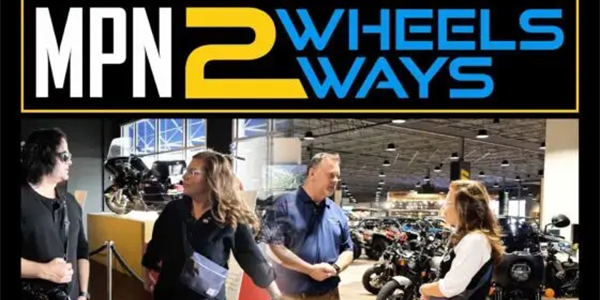CC:
Most would agree that wiper blades should be inspected and replaced regularly, since they provide you with a clear line of vision when operating a motorized vehicle. Typically, it is recommended that every six months, one should consider replacing their wiper blades, or at least a minimum, having them checked. Wiper blades will wear over time just by the simple fact of rubbing rubber over glass with friction causes wear.
Are there any bad habits that we as drivers could be doing to cause them to wear faster? You bet. One common mistake drivers make is using their wiper blades when there is no moisture present. Without water present, the friction is amplified. Another common mistake we as drivers make is to shut the vehicle off while the wipers are still turned on.
In cold climates, the actual wiper blade will freeze to the windshield in chilly weather conditions. Once the vehicle has started again, since the wipers were left on, they will try to move. We are lucky if they don’t move at all. However, they could be forced from their frozen position and thus may cause small tears in the rubber. When this happens, the windshield will appear to have streaks when the wipers are turned on. This is not an indication of an inferior product. Rather, it is just simple physics when frozen blades are forced from their frozen position by the powerful amperage that a typical wiper motor has.
Sometimes more severe damage can occur because of the above condition. The wiper motor transmission may become disconnected, bent, or even break. This will not only require a service professional to repair, but is often quite costly.
Be sure to practice getting in the habit of not running the wipers when there is no moisture, and be sure to start turning the wipers off before powering down your vehicle to avoid these common issues. Thanks for watching.
This video is sponsored by ANCO













